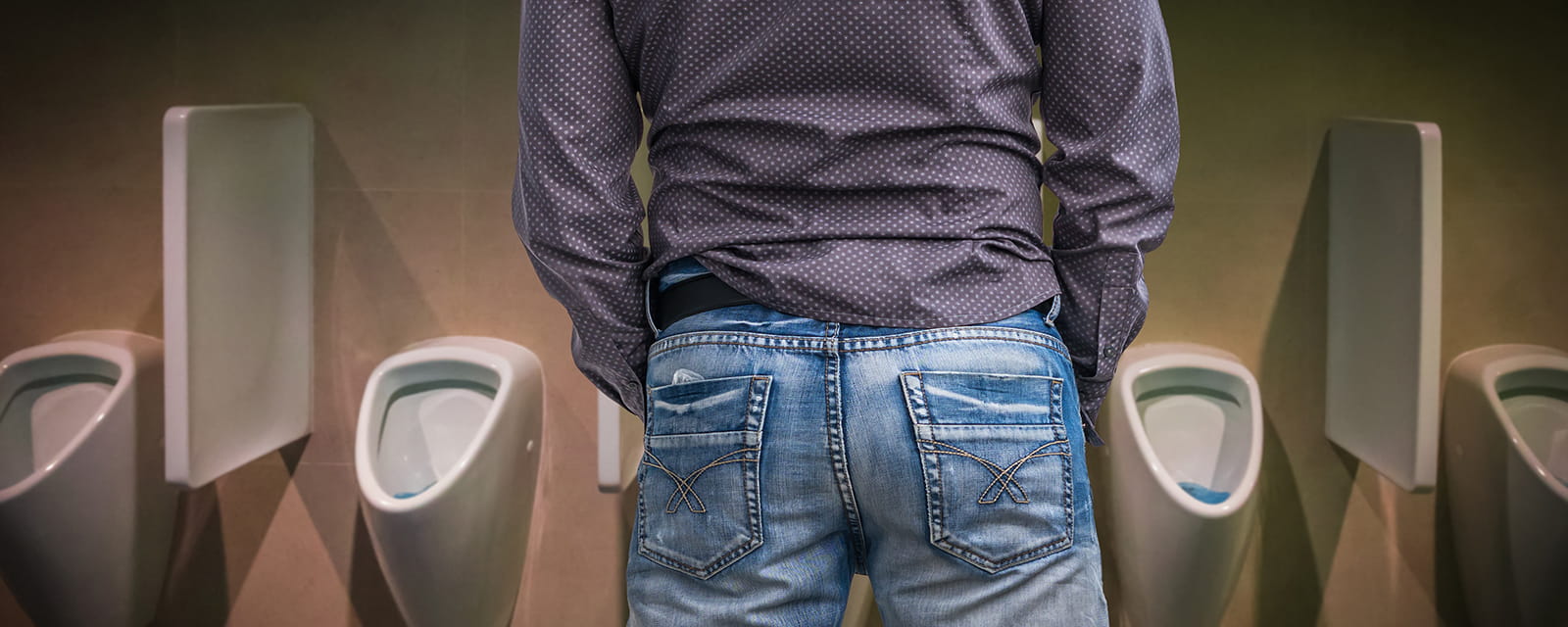
Urinary Incontience

Introduction
Urinary incontinence is the involuntary or unintentional passing of urine. It is a common problem that affects millions of people worldwide.
Urinary incontinence affects both men and women, but it tends to be more common in women overall due to pregnancy and childbirth.
Signs and Symptoms
The symptoms of urinary incontinence depend on the type you have.
There are several types of urinary incontinence, but the most common are:
Stress Incontinence – When urine leaks out at times when your bladder is under pressure, for example when you cough or laugh.
Urge Incontinence – When urine leaks as you feel a sudden, intense urge to pass urine, or soon afterwards.
It is also possible to have a mixture of both stress and urge urinary incontinence.
Read more about the symptoms of urinary incontinence.
What causes urinary incontinence?
The causes of urinary incontinence depend on the type.
Stress incontinence is usually the result of the weakening or damaging of the muscles used to prevent urination, such as the pelvic floor muscles and the urethral sphincter.
Urge incontinence is usually the result of overactivity of the detrusor muscles, which control the bladder.
Certain things can increase the chances of urinary incontinence developing, including:
- Pregnancy and vaginal birth
- Obesity
- A family history of incontinence
- Diabetes Mellitus
- Increasing age – although incontinence is not an inevitable part of ageing
Seeking medical advice
Although you may feel embarrassed talking to someone about your symptoms, it’s a good idea to see a urologist if you have any type of urinary incontinence as this can be the first step towards finding a way to effectively’ manage the problem.
Urinary incontinence can usually be diagnosed after a consultation with your doctor, who will ask about your symptoms and may carry out a pelvic examination in women or rectal examination in men.
Treatment
Initially, your Doctor may suggest some simple measures to see if they help improve your symptoms. These may include:
Lifestyle changes, such as losing weight and cutting down on caffeine and alcohol
- Pelvic floor exercises (exercising your pelvic floor muscles by squeezing them) taught by a specialist
- Bladder training (where you learn ways to help you can wait longer between needing to urinate and passing urine) guided by a specialist
- Magnetic Pelvic Floor Stimulation which improves the tone of your pelvic muscles
Surgery may also be considered. The specific procedures suitable for you will depend on the type of incontinence you have.
Surgical treatments for stress incontinence, such as tape or sling procedures, are used to reduce pressure on the bladder, or strengthen the muscles that control urination.
Operations to treat urge incontinence include enlarging the bladder or implanting a device that stimulates the nerve that controls the detrusor muscles.
Preventing urinary incontinence
It is not always possible to prevent urinary incontinence, but there are some steps you can take that may help reduce the chance of it developing, such as:
- Controlling your weight
- Avoiding or cutting down on alcohol
- Keeping fit – in particular, ensuring that your pelvic floor muscles are strong
frequently asked
questions
To provide you with some clarity, we’re sharing FAQs about the procedure, what kind of results you can expect, the recovery process, and more.
Lorem Ipsum is simply dummy text of the printing and typesetting industry. Lorem Ipsum has been the industry’s standard dummy text ever since the 1500s, when an unknown printer took a galley of type and scrambled it to make a type specimen book. It has survived not only five centuries, but also the leap into electronic typesetting, remaining essentially unchanged. It was popularised in the 1960s with the release of Letraset sheets containing Lorem Ipsum passages, and more recently with desktop publishing software like Aldus PageMaker including versions of Lorem Ipsum.
- The American Hospital Dubai
- The Mediclinic City Hospital Dubai
- Royal Sussex County Hospital, Brighton UK
- Benenden Hospital, Kent UK
Lorem Ipsum is simply dummy text of the printing and typesetting industry. Lorem Ipsum has been the industry’s standard dummy text ever since the 1500s, when an unknown printer took a galley of type and scrambled it to make a type specimen book. It has survived not only five centuries, but also the leap into electronic typesetting, remaining essentially unchanged. It was popularised in the 1960s with the release of Letraset sheets containing Lorem Ipsum passages, and more recently with desktop publishing software like Aldus PageMaker including versions of Lorem Ipsum.
Lorem Ipsum is simply dummy text of the printing and typesetting industry. Lorem Ipsum has been the industry’s standard dummy text ever since the 1500s, when an unknown printer took a galley of type and scrambled it to make a type specimen book. It has survived not only five centuries, but also the leap into electronic typesetting, remaining essentially unchanged. It was popularised in the 1960s with the release of Letraset sheets containing Lorem Ipsum passages, and more recently with desktop publishing software like Aldus PageMaker including versions of Lorem Ipsum.
Lorem Ipsum is simply dummy text of the printing and typesetting industry. Lorem Ipsum has been the industry’s standard dummy text ever since the 1500s, when an unknown printer took a galley of type and scrambled it to make a type specimen book. It has survived not only five centuries, but also the leap into electronic typesetting, remaining essentially unchanged. It was popularised in the 1960s with the release of Letraset sheets containing Lorem Ipsum passages, and more recently with desktop publishing software like Aldus PageMaker including versions of Lorem Ipsum.
Lorem Ipsum is simply dummy text of the printing and typesetting industry. Lorem Ipsum has been the industry’s standard dummy text ever since the 1500s, when an unknown printer took a galley of type and scrambled it to make a type specimen book. It has survived not only five centuries, but also the leap into electronic typesetting, remaining essentially unchanged. It was popularised in the 1960s with the release of Letraset sheets containing Lorem Ipsum passages, and more recently with desktop publishing software like Aldus PageMaker including versions of Lorem Ipsum.
Blogs
January 14, 2024
Catheters
January 14, 2024
Postcoital Neurochemistry: The Blues and the Highs
January 14, 2024
Growth hormone, performance, and aging
January 14, 2024
Testosterone Replacement Therapy: Is It Right For You?

March 15, 2023
Men’s Health: Preventing Sexual Dysfunctions

March 15, 2022